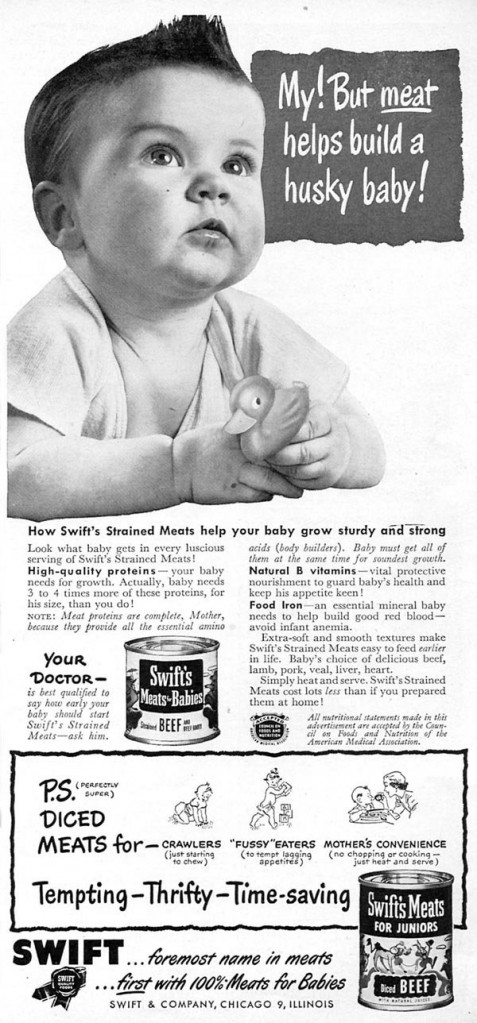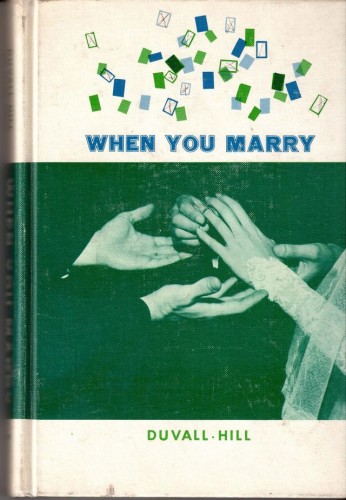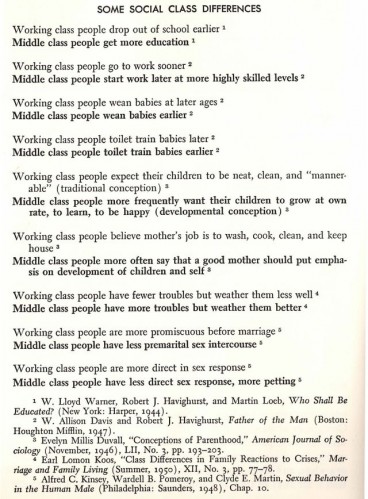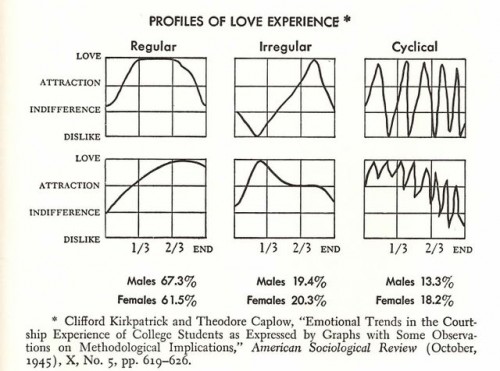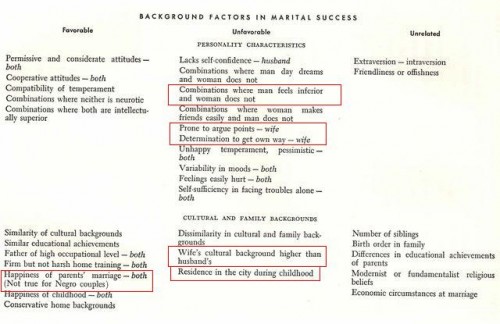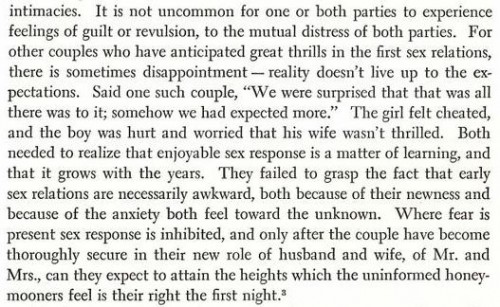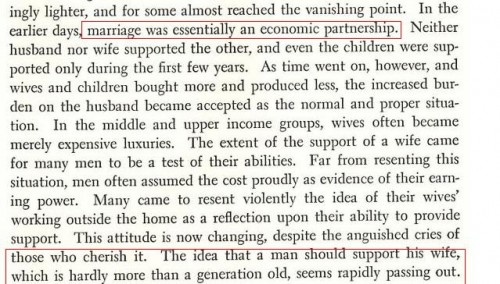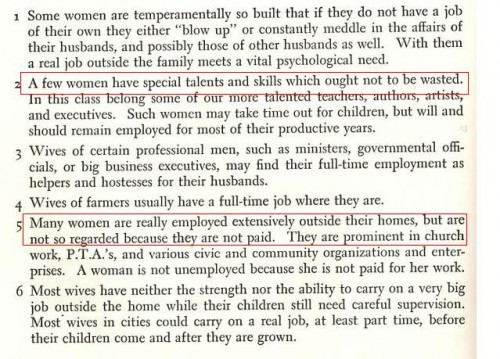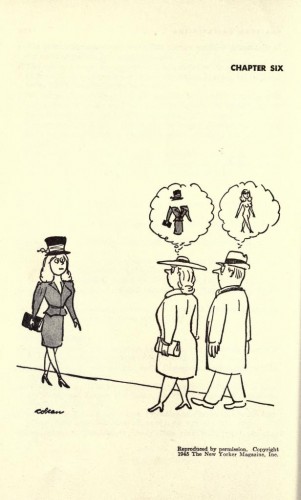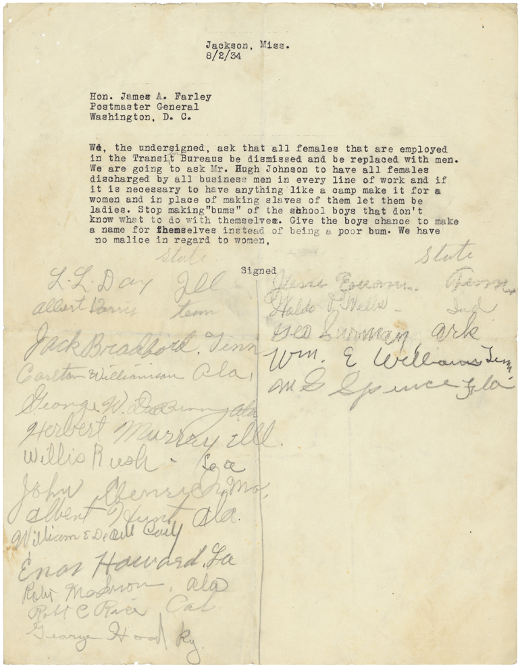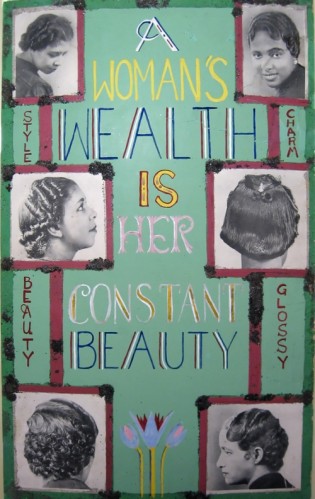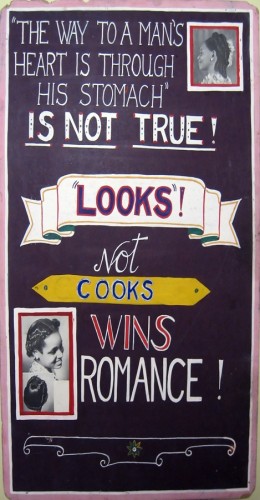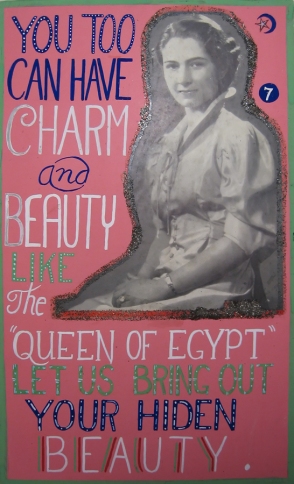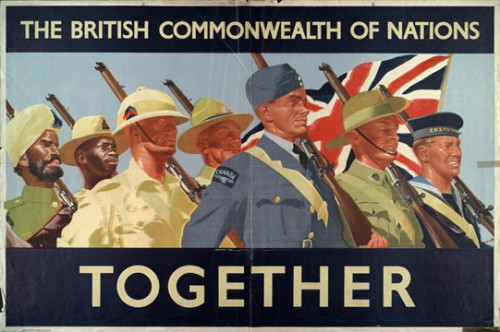Joshua found a post over at Letters of Note about this letter, written by an Australian government employee in 1963 to the Director of Trade Commissioner Services, arguing against hiring women:
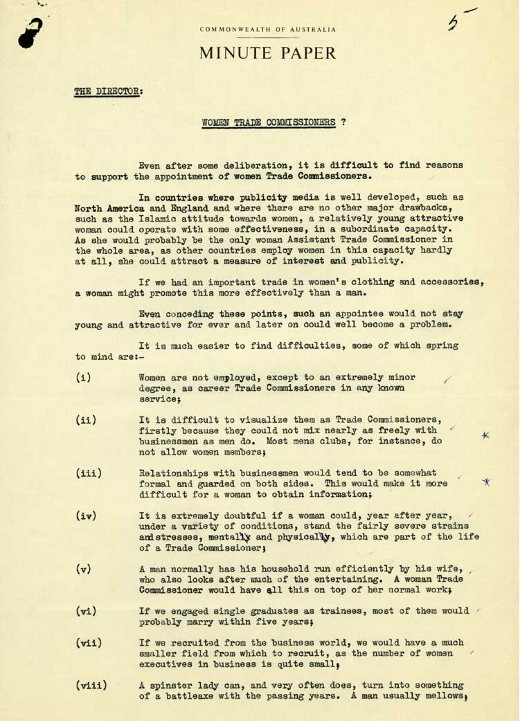
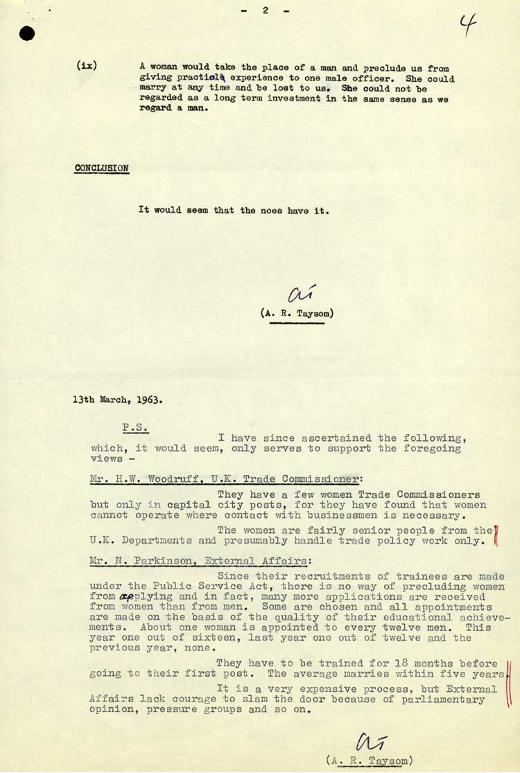
Text:
WOMEN TRADE COMMISSIONERS?
Even after some deliberation, it is difficult to find reasons to support the appointment of women Trade Commissioners.
In countries where publicity media is well developed, such as North America and England and where there are no other major drawbacks, such as the Islamic attitude towards women, a relatively young attractive woman could operate with some effectiveness, in a subordinate capacity. As she would probably be the only woman Assistant Trade Commissioner in the whole area, as other countries employ women in this capacity hardly at all, she could attract a measure of interest and publicity.
If we had an important trade in women’s clothing and accessories, a woman might promote this more effectively than a man.
Even conceding these points, such an appointee would not stay young and attractive for ever and later on could well become a problem.
It is much easier to find difficulties, some of which spring to mind are:-
(i) Women are not employed, except to an extremely minor degree, as career Trade Commissioners in any known service;
(ii) It is difficult to visualise them as Trade Commissioners, firstly because they could not mix nearly as freely with businessmen as men do. Most mens clubs, for instance, do not allow women members;
(iii) Relationships with businessmen would tend to be somewhat formal and guarded on both sides. This would make it more difficult for a woman to obtain information;
(iv) It is extremely doubtful if a woman could, year after year, under a variety of conditions, stand the fairly severe strains and stresses, mentally and physically, which are part of the life of a Trade Commissioner;
(v) A man normally has his household run efficiently by his wife, who also looks after much of the entertaining. A woman Trade Commissioner would have all this on top of her normal work;
(vi) If we engaged single graduates as trainees, most of them would probably marry within five years;
(vii) If we recruited from the business world, we would have a much smaller field from which to recruit, as the number of women executives in business is quite small;
(viii) A spinster lady can, and very often does, turn into something of a battleaxe with the passing years. A man usually mellows;
(ix) A woman would take the place of a man and preclude us from giving practical experience to one mail officer. She could marry at any time and be lost to us. she could not be regarded as a long term investment in the same sense as we regard a man.
CONCLUSION
It would seem that the noes have it.
(Signed)
(A. R. Taysom)
13th March, 1963.
P.S. I have since ascertained the following, which, it would seem, only serves to support the foregoing views –
Mr. H. W. Woodruff, U.K. Trade Commissioner:
They have a few women Trade Commissioners but only in capital city posts, for they have found that women cannot operate where contact with businessmen is necessary.
The women are fairly senior people from the U.K. Departments and presumably handle trade policy work only.
Mr. N. Parkinson, External Affairs:
Since their recruitments of trainees are made under the Public Service Act, there is no way of precluding women from applying and in fact, many more applications are received from women than from men. Some are chosen and all appointments are made on the basis of the quality of their educational achievements. About one woman is appointed to every twelve men. This year one out of sixteen, last year one out of twelve and the previous year, none.
They have to be trained for 18 months before going to their first post. The average marries within five years.
It is a very expensive process, but External Affairs lack courage to slam the door because of parliamentary opinion, pressure groups and so on.
(Signed)
(A. R. Taysom)
I find point (v) particularly fascinating, as it expressly recognizes the benefits to male professionals of having a wife at home doing many types of behind-the-scenes labor that contribute to his success, and that a female professional might be at a disadvantage in a world in which she is expected to compete against men who do not have to do a “second shift” of childcare and housework after they get home.
I am 34 and unmarried. Do I qualify as a “spinster lady” yet?
See also our recent post on a U.S. letter from the 1930s begging for women to be fired so men could have their jobs and this rejection letter, based on sex, from Disney’s Painting Department.

